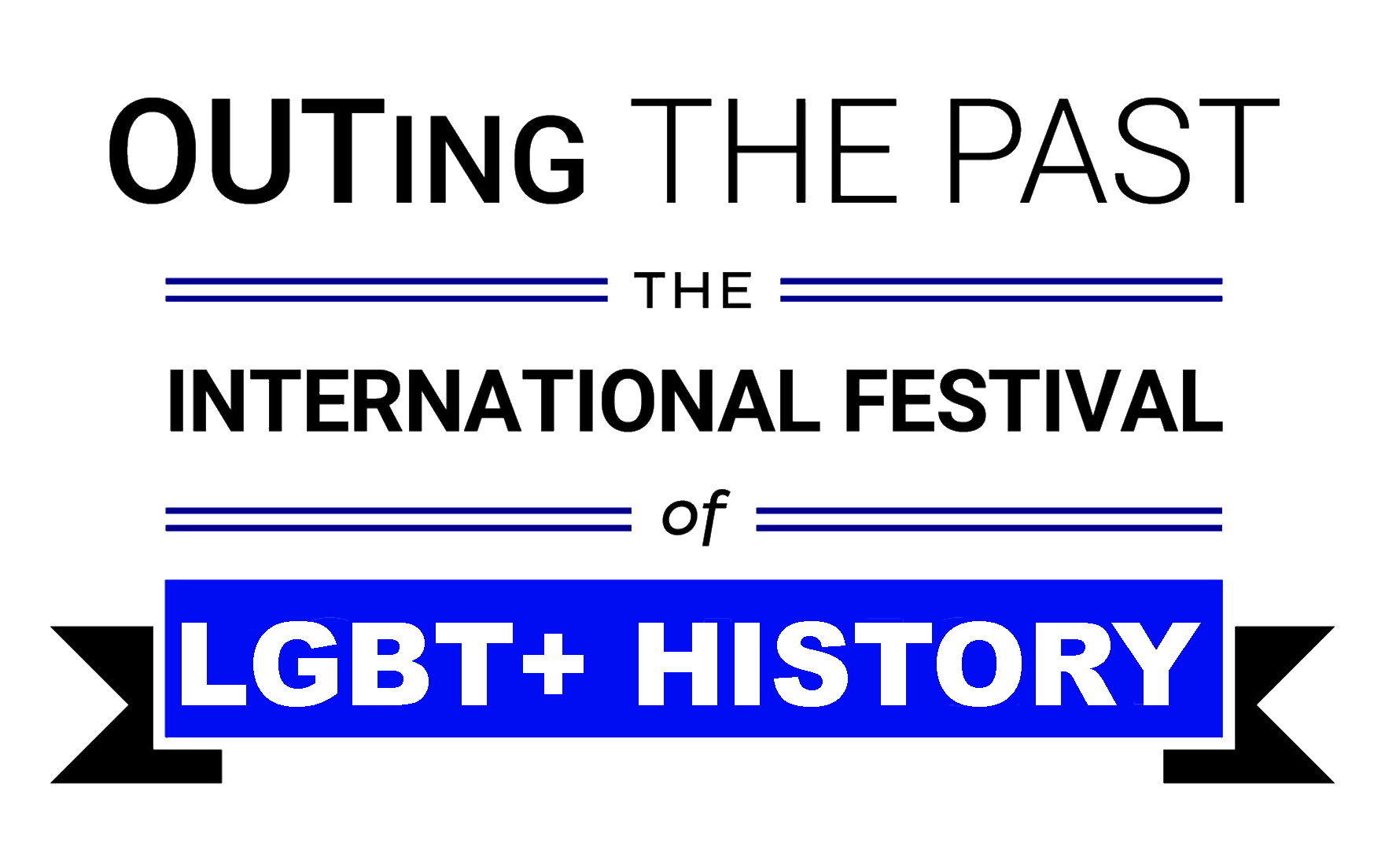Festival Theatre 2016: “Devils in Human Shape”
Stephen M Hornby, our National Theatre Coordinator, continues his cataloguing of Festival Theatre with a look at Tom Marshman‘s 2016 piece “Devils in Human Shape”.
TOM MARSHMAN, DANNY PROSSER AND RACHEL CLERK (LEFT TO RIGHT) AS THE GEORGIAN GOSSIPERS
When approaching working with archive to create drama, there can be an unspoken preferencing of stage realism, of trying to recreate and represent people and events “as they were”, or in as close an approximation as the state of historical research at the time allows. I was keen that we also supported work that used archive as its starting point, but was bold and metaphorical with how it approached the dramatisation of that material. Tom Marshman approached us with a piece he was developing called “Devils in Human Shape” and we immediately saw the potential of the piece to demonstrate this and took on the producer role, successfully securing funding from the Arts Council of England to support further development and performances.
The piece used a selection of court cases dating back to 1732, detailing the crime of sodomy. Steve Poole acted as the historical advsier on the project. Five cases were identified as having the most theatrical mileage. Information was collated from a mixture of newspaper reports, letters and court records. This information was used to develop three black lace veiled gossip characters that tell the story of these people. The ‘gossipers’ told these true stories through innuendo and malicious extortion –this was a particular issue in the 18th Century. The title of the piece, ‘Devils in Human Shape”, was a name given to the sodomites of that time by a highly judgmental society, represented by these black lace characters.
The piece was twenty minutes long and worked with the language that is found in all of the original documents; the words are loaded with imagery. The three ‘gossipers’, dressed head to foot in black lace, stood, sat and mingled with the audience to reveal in-depth information about each case, at first abstracting pieces of information before later moving into telling deatiled narratives.
The piece played with the act of utterance and sound levels. Some of the stories and descriptions lent themselves to isolated whispered conversations or echoes but eventually these joined together to create a cacophony of voices. The gossipers operated as the malignant voice of society, which was intolerant and judgmental. They brought to life formal documents through a playful and sinister mode of communicating which could be more almost as a voice from the street of that time. The overall aim was to bring life to the documents that exist in record offices so that they became text that is visceral, delivered in a way that is uniquely immersive, where the mode of delivery matches the intention of the characters.
Here are some examples of the dramatised records:
“The night White arrived, an inn servant, Mary Lowland, heard a ‘rumbling noise’ in their room, so went in and found them ‘both undressed and lying in a very indecent posture, the said Cummings’s backside being in the said White’s lap. He was said to be a ‘vagrant’ and a ‘dirty boy’, by his landlord ‘out of a greedy desire to make double money out of his lodgings’.”
At the end of the piece there was a present-day recorded epilogue, a story detailing the specifics of a modern day hook-up. This straightforward, without shame, telling of a ‘Grinder’ smartphone app meeting by the historical researcher of the piece, highlighted the difference between the stories and the levels of social tolerance in the two periods of time. The piece was made shown at the V&A in London, Shrewsbury Arts Centre and the M-Shed in Bristol as part of each cities LGBT HM festvals.

